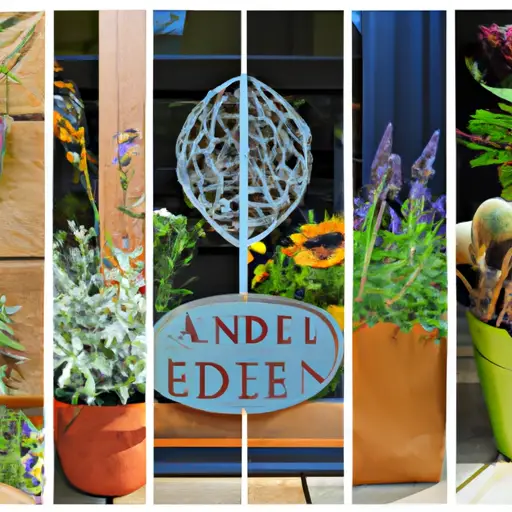Container gardening is a rewarding and innovative way to unleash your green thumb, irrespective of whether you have a sprawling backyard or simply a small balcony. Not only does it add aesthetic appeal to your living space, but it also allows you to grow a variety of plants, flowers, herbs, and vegetables all year round. However, achieving success in container gardening requires some insider knowledge and attention to detail. In this article, we will guide you through the secrets of successful container gardening.
First and foremost, selecting the right containers is crucial. While aesthetics play a considerable role in choosing containers that complement your overall design, you should also consider functionality. Ensure that each container has adequate drainage holes at the bottom to prevent waterlogging. This allows oxygen to reach the plant’s roots and prevents them from rotting. Additionally, ensure that the container is large enough for the plant’s root system to grow.
Once you have chosen the perfect containers, selecting suitable potting soil is the next step on your journey towards successful container gardening. Regular garden soil may not be ideal since it tends to be heavy and can restrict root growth. Instead, opt for high-quality potting soil that is lightweight and well-draining. Potting mixes are specially formulated with organic matter like peat moss or compost, providing essential nutrients for your plants.
Watering plays a pivotal role in maintaining healthy container gardens. It’s essential to strike a balance between under-watering and over-watering your plants. Containers dry out faster than traditional garden beds due to increased exposure to sunlight and wind. Therefore, monitor your plants regularly and water them when the top inch of soil feels dry (but not bone dry). Avoid overwatering as it can lead to root rot or fungal diseases.
Fertilizing your container garden is equally important for maintaining healthy plants throughout their growth cycle. The fertility level of potting soil depletes over time as plants consume nutrients. To avoid nutrient deficiencies, it is recommended to use a slow-release fertilizer or liquid fertilizer at regular intervals. Remember to follow the instructions provided by the manufacturer for optimal results.
Another secret to successful container gardening is providing adequate sunlight for your plants. Most plants require at least 6 hours of direct sunlight every day. However, if you have limited access to sunlight due to shade or living in an apartment, opt for shade-tolerant plants like ferns or begonias. Additionally, you can use reflective surfaces or move your containers as the sun moves throughout the day to maximize exposure.
Finally, maintaining proper spacing between plants in each container is essential for their healthy growth. Overcrowding can lead to competition for nutrients and limited air circulation, increasing the risk of pests and diseases. Research each plant’s growth habits and space them accordingly when planting.
In conclusion, successful container gardening requires attention to detail and some insider knowledge. By selecting appropriate containers with good drainage, using quality potting soil, watering carefully, fertilizing adequately, providing sufficient sunlight, and spacing your plants appropriately, you can create a thriving container garden that will bring joy and beauty into your life all year round. So get ready to discover the secrets of successful container gardening and unlock your full gardening potential!













